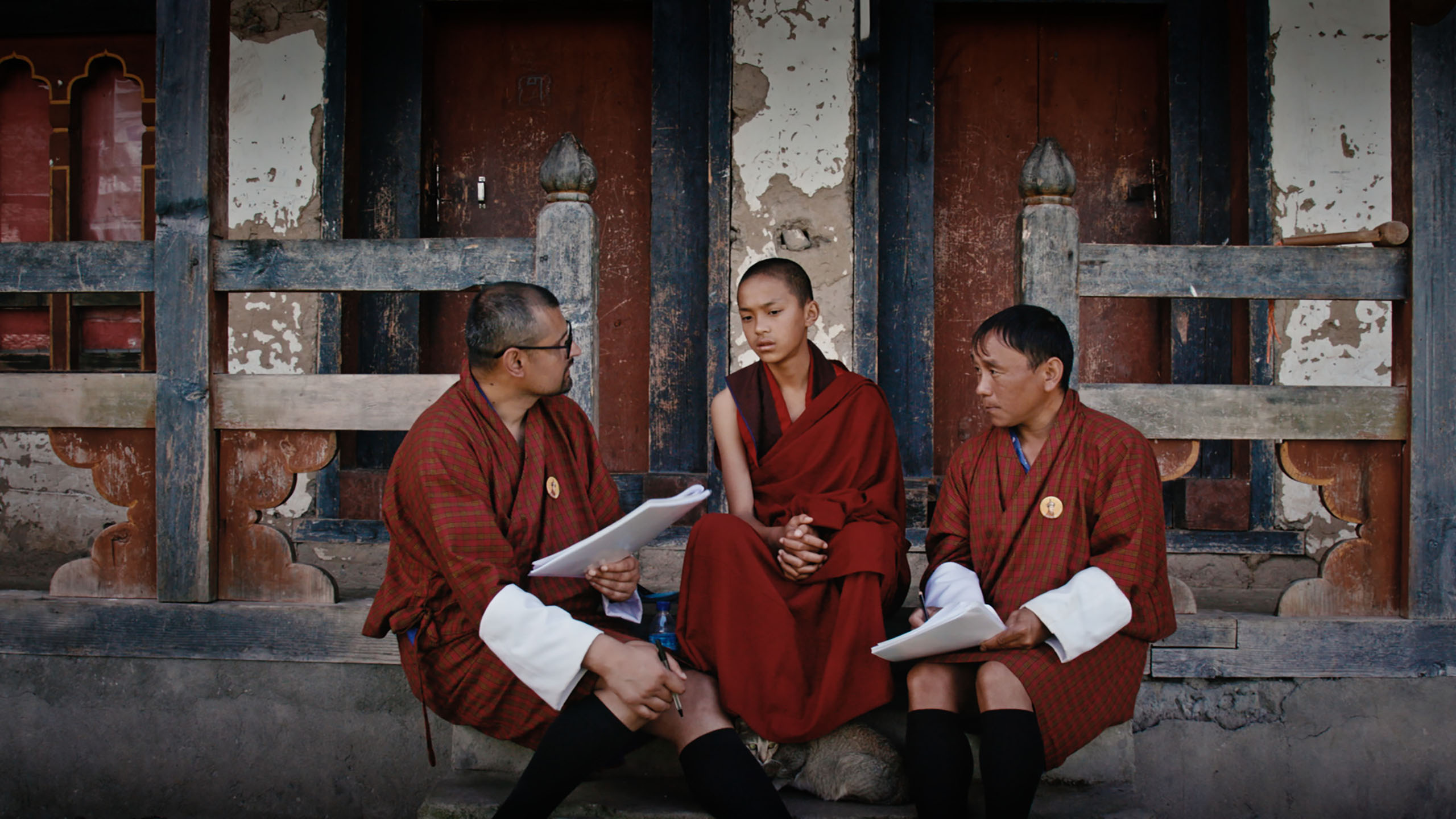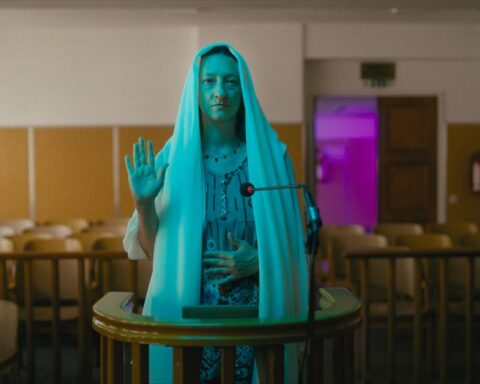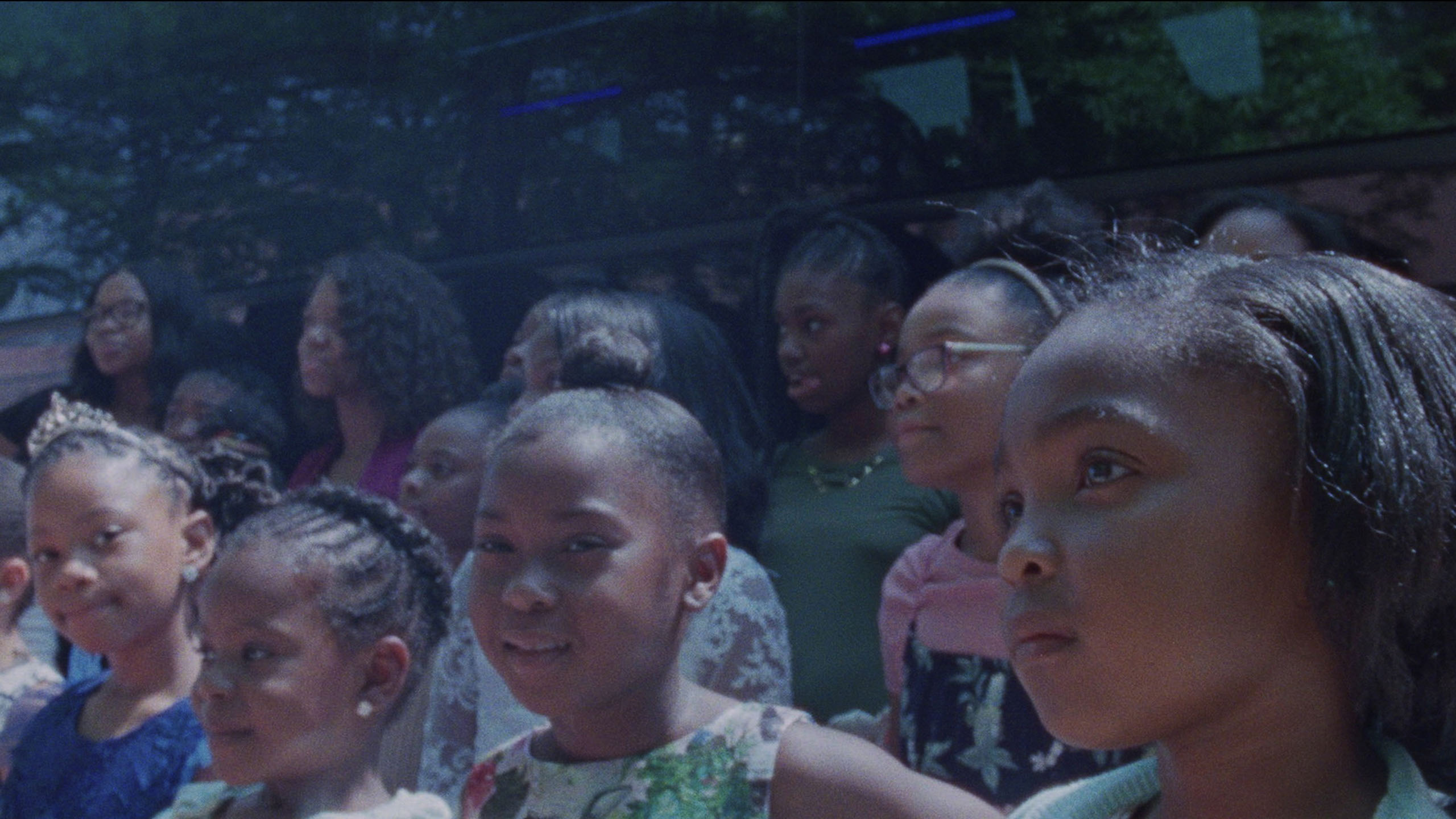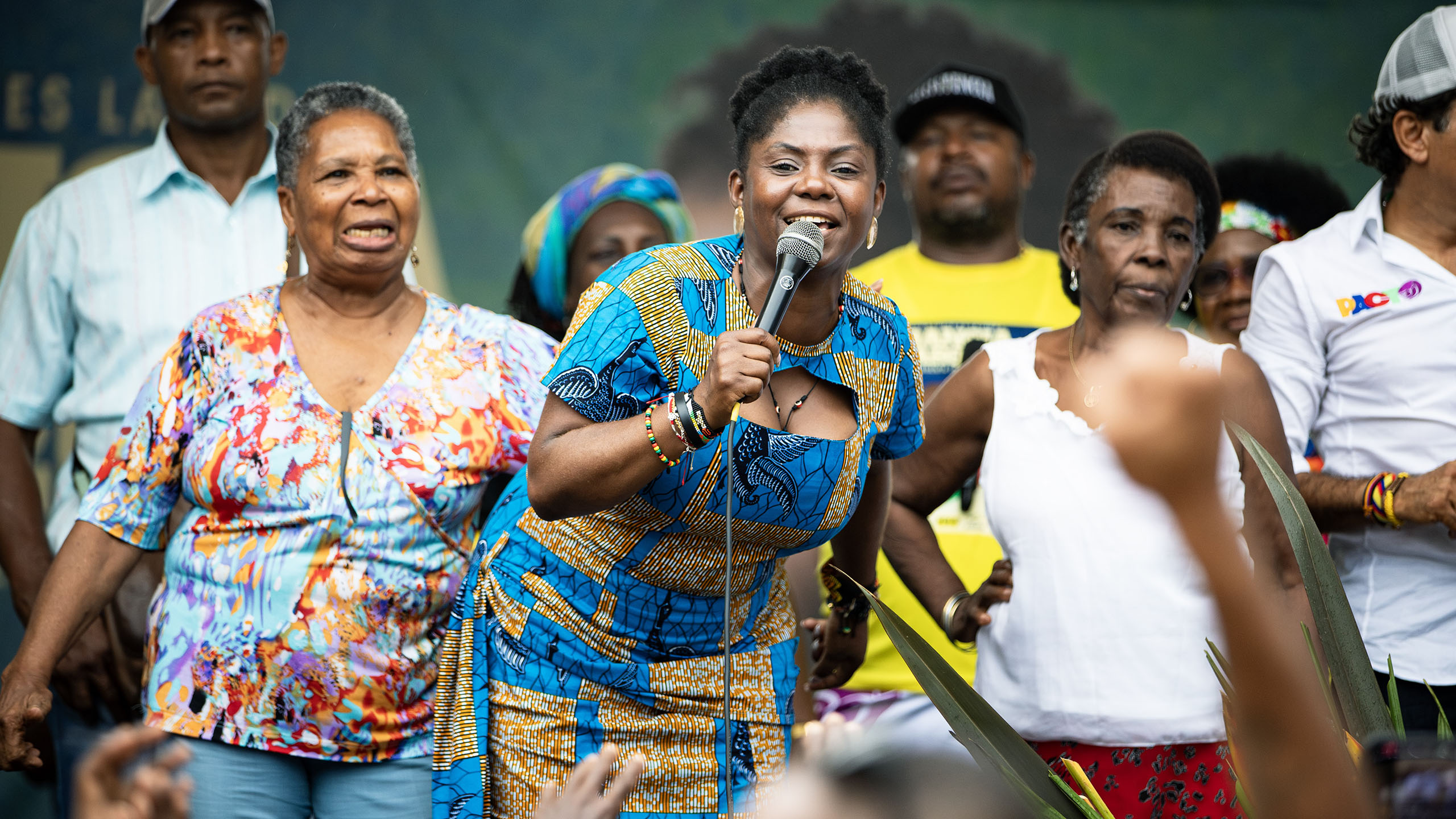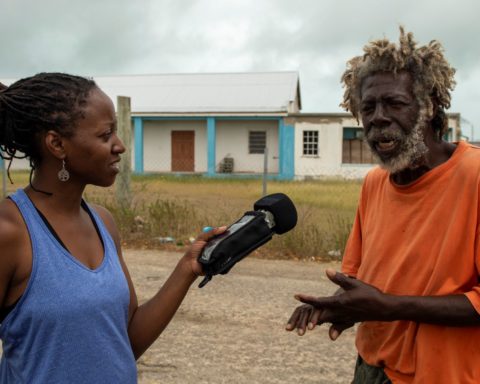Agent of Happiness
(Bhutan/Hungary, 94 min.)
Dir. Arun Bhattarai & Dorottya Zurbó
Programme: World Cinema Documentary Competition
“We only have one life to live,” a respondent says in Agent of Happiness, “so why waste it being sad?”
The woman’s notes come in voiceover as Amber Gurung, a 40-year-old “happiness agent” surveys the people of Bhutan. He’s one of 100-odd agents tasked with going door to door and collecting data to measure the Gross National Happiness Index. The wide-ranging survey tackles the four pillars of GNH: sustainable and equitable socio-economic development, environmental conservation, preservation and promotion of culture, and good governance. After he does his daily duty, however, Gurung returns home and aids his ailing mother. He longs for a wife of his own and he rarely smiles. Gurung is a man of contradictions: a happiness agent in search of his own happiness.
Agent of Happiness offers a novel perspective on a topic that continues to fascinate documentary film. There’s no shortage of tales from Bhutan and the Happiness Index. Stories from the Himalayan nation are frequent at doc festivals. Thomas Balmès, for example, chronicled the practice in his 2014 doc Happiness and its 2019 follow-up Sing Me a Song. The docs consider the Happiness Index as Bhutan opens up to the globalized world. While these docs often focus on Rinpoches and the introduction of technology to a relatively closed society, the terrain is pretty well covered for anyone keeping tabs on the doc sphere. One can hardly navigating a line-up without bumping into a little monk movie.
That said, Agent of Happiness offers an intriguing look at the process by which one measures happiness. The questions that Gurung and his fellow agents ask are equally peculiar and depressing. For example, he polls people about how many goats they have. He asks how many cows, chickens, buffalos, or televisions are under their care. He can’t help but chuckle in one case where a respondent simply answers “none,” “none,” “none,” “none,” and “none.” Some people don’t give a toot about possessions, even chickens. (The sign “Rabbits: Pets or Meat” comes to mind.)
On the other hand, some questions are both qualitative and quantitative. Gurung asks the people of Bhutan to grade their sleep from one to ten. They do the same regarding government satisfaction. They also rate their “desired happiness” on a scale—oddly inviting the premise that one can be happy, but not too happy for one’s own good.
Title cards offer intermittent snapshots of the respondents’ happiness and aspirational happiness. The film affords a sense by which the GNH measures Bhutan’s collective satisfaction with social life in the country. But while the film offers a unique glimpse into the data collection process, it’s less clear how this potpourri of questions functions as a census. How the number of chickens, buffalos, or televisions relates to one’s own happiness isn’t clear as goals, jobs, and material needs/wants weigh differently (presumably) depending upon one’s circumstances.
As Gurung collects the data dutifully, walking door to door with his colleague Gunaraj, the film weaves in episodes from his own quest for satisfaction. He dabbles in dating and peeks at his smartphone whenever he has a signal. Gurung matches with a woman, Sarita, on a dating app. They meet for coffee and they seem to hit it off. But Gurung also makes clear that he wants a wife chop-chop. Sarita seems bowled over when Gurung practically proposes on their first date. She, however, dreams of visiting Australia and wants a travel partner. Hence the film presents two people looking for love with similar wants but dissimilar goals for satisfaction. The film illustrates how there’s no one-size-fits-all definition for happiness.
Other threads of the film capture factors that have an impact on Gurung’s inner happiness quotient. For one, he’s technically stateless as a man of Nepalese descent born in Bhutan. The film sees him struggle with his statelessness, which impacts his score with the ladies looking to settle down. “No papers” invites a quick swipe left.
His personal factors find echoes in the stories of people he meets along the way. Bhutanese director Arun Bhattarai and Hungarian filmmaker Dorottya Zurbó offer stories of various ups and downs that can sway a person’s contribution to the GNH score. One thread features a non-binary character who, like Gurung, cares for an ailing mother. They discuss the afterlife and what gender, if any, the mom might enjoy in her next life—there’s clear love between the two even though the younger character suggests that their circumstances might have made the mom less happy than not. There’s also a young woman who cares for her mother, an alcoholic, and puts on a brave face despite the battles with the bottle in her home.
As the title cards come and go, noting how many goats or televisions these people have, the Happiness Index seems to be on the rise. Agent of Happiness shows that the manner in which Bhutan measures contentment is unique, but life’s always better with a smile on one’s face. It’s a universal truth.




